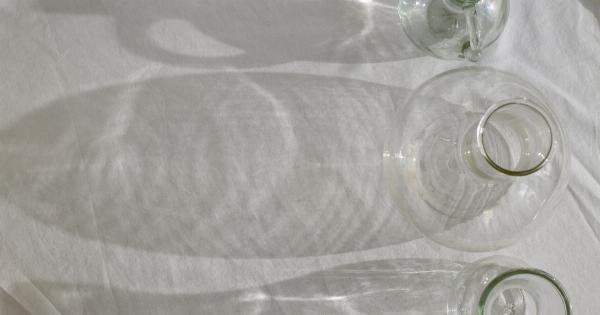Age and fertility are closely linked, and understanding this connection is crucial for individuals planning to start a family. As women age, their fertility gradually declines, while men experience a more subtle decrease in fertility as they get older.
This article aims to explore the relationship between age and fertility, discussing the factors that contribute to the decline in reproductive capacity as well as possible solutions and alternatives for couples facing fertility issues.
Female Fertility
Female fertility is influenced by various factors, but age remains one of the most critical determinants. Women are born with a finite number of eggs, and this supply steadily diminishes with age.
Additionally, the quality of eggs also declines as women get older. By the age of 35, a woman’s fertility starts to decline more rapidly, and after 45, it becomes extremely challenging to conceive naturally.
Male Fertility
While men do not experience a sudden decline in fertility like women do, age still affects their reproductive abilities. As men age, they may experience a gradual decrease in semen volume, sperm motility, and sperm morphology.
These factors can reduce the likelihood of conception and increase the risk of genetic abnormalities in offspring.
Factors Influencing Female Fertility
Several factors contribute to the decline in female fertility with age. Firstly, the quantity and quality of eggs decrease over time.
This, in turn, leads to a higher risk of chromosomal abnormalities, such as Down syndrome, and an increased chance of miscarriage. Additionally, age-related changes in the reproductive system, such as changes in hormonal levels and the function of the ovaries, also play a role in decreased fertility.
Factors Influencing Male Fertility
While men can produce sperm throughout their lives, age can impact the quality and quantity of sperm. Advanced paternal age has been associated with an increased risk of genetic mutations and conditions like autism and schizophrenia in offspring.
Additionally, erectile function and the ability to maintain an erection may be affected by age-related factors, which can also impact fertility.
When to Seek Medical Assistance
Couples who have been trying to conceive without success should consider seeking medical assistance if the woman is over 35 or if they have been unsuccessful for over a year (if the woman is under 35).
In such cases, visiting a fertility specialist can help identify any underlying issues and discuss potential treatment options.
Available Options for Couples
When age poses a barrier to natural conception, there are several alternative options available for couples. These include:.
1. Fertility Treatments
Fertility treatments such as in vitro fertilization (IVF), intrauterine insemination (IUI), and fertility drugs can help increase the chances of conception, even for couples struggling with age-related fertility issues.
2. Egg and Sperm Donation
Egg and sperm donation can provide viable alternatives for couples who are unable to conceive using their own reproductive cells. This option allows individuals to become parents and experience the joys of raising a child.
3. Surrogacy
Surrogacy involves using a gestational carrier to carry and give birth to a baby for a couple who is unable to do so themselves. This option can be a viable solution for couples facing challenges due to age-related fertility decline.
4. Adoption
Adoption is another wonderful option for couples who are unable to conceive naturally or through assisted reproductive techniques. It offers the opportunity to provide a loving home to a child in need.
Maintaining Fertility Health
While age-related fertility decline is inevitable, there are proactive steps individuals can take to optimize their fertility health:.
1. Healthy Lifestyle
Eating a balanced diet, engaging in regular exercise, and avoiding harmful habits such as smoking and excessive alcohol consumption can contribute to maintaining reproductive health in both men and women.
2. Regular Check-ups
Regular visits to a healthcare professional can help identify and address any underlying health conditions that may impact fertility. Routine check-ups allow individuals to take proactive measures before fertility issues arise.
3. Fertility Preservation
For individuals who wish to have children in the future but are not ready yet, fertility preservation through techniques like egg freezing or sperm banking can offer the opportunity to retain their reproductive cells at a younger age.
Conclusion
Age and fertility are indeed interconnected, and it is vital to understand the implications of this relationship when planning to start a family.
While age-related fertility decline is a reality, there are various alternatives and techniques available to help individuals and couples overcome these challenges. Consulting with a fertility specialist can provide valuable insights and guidance towards the most suitable path to parenthood.





























